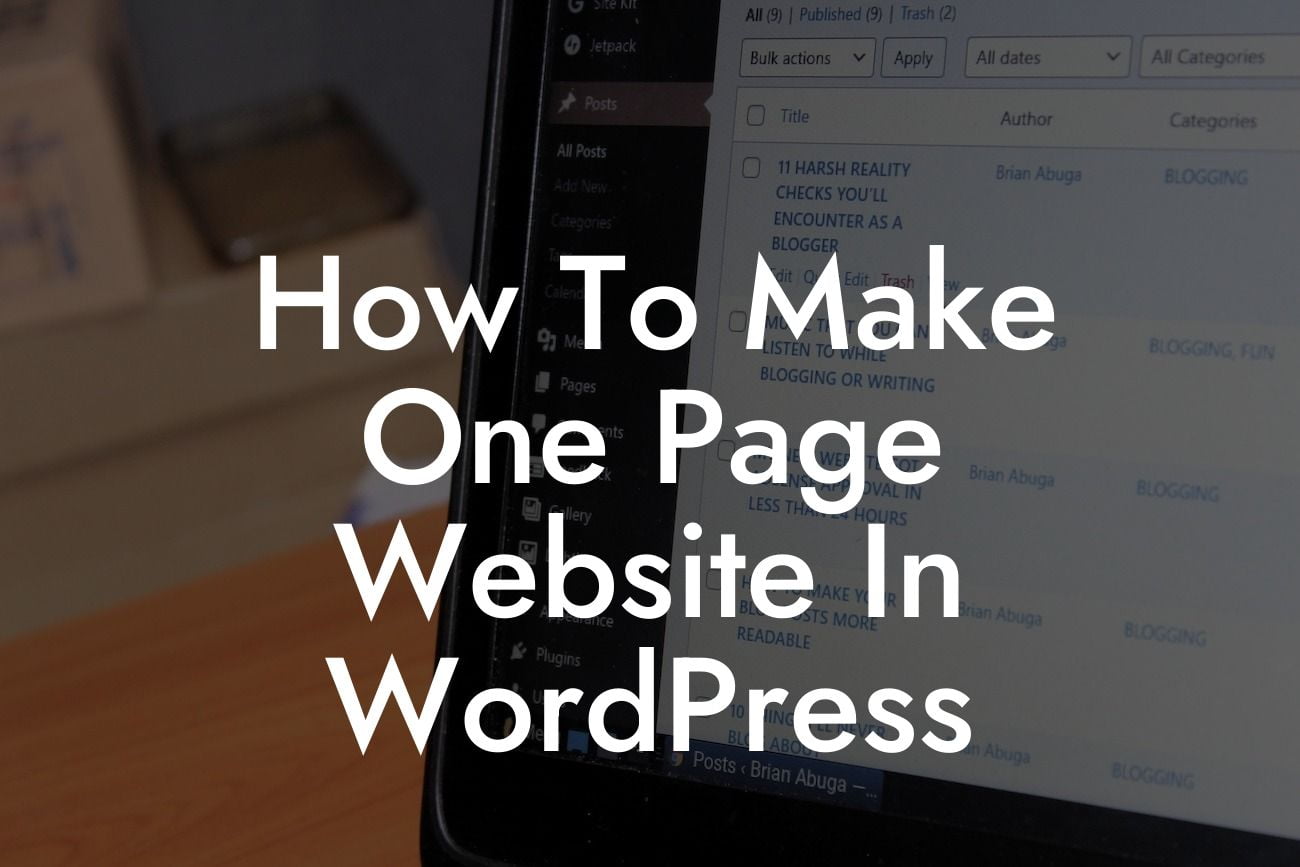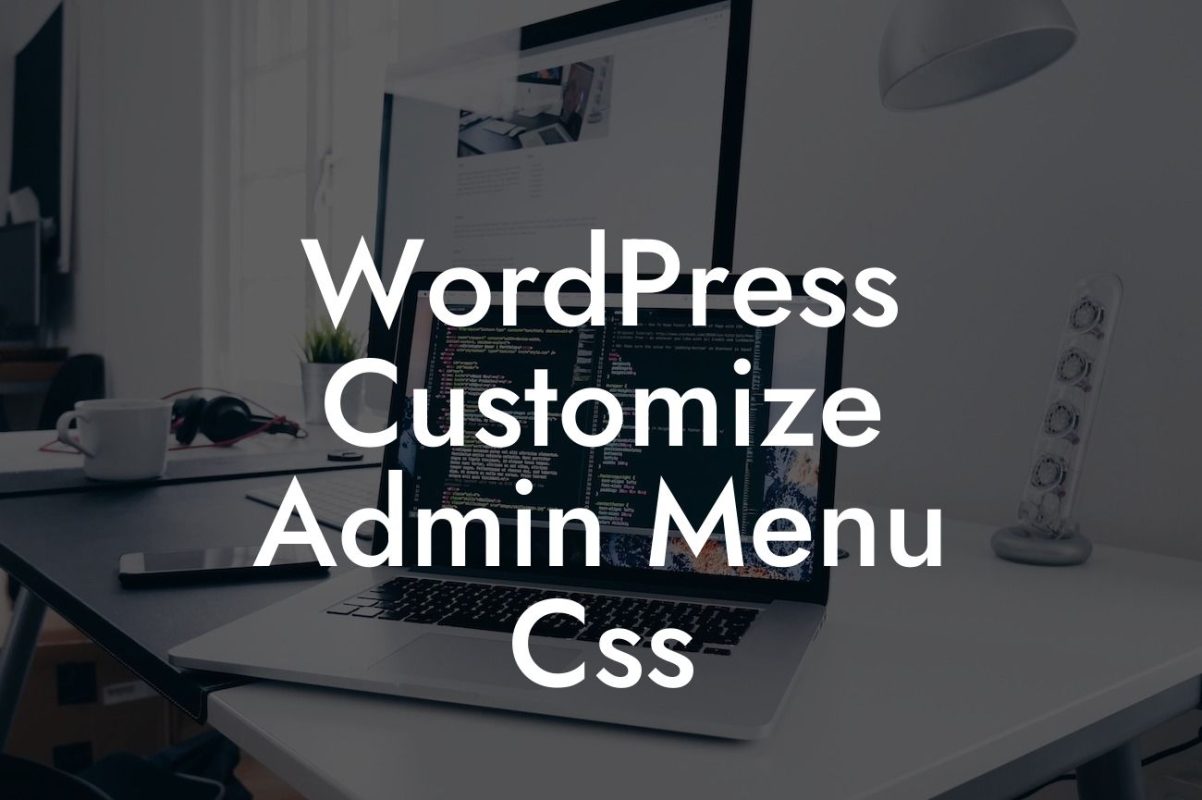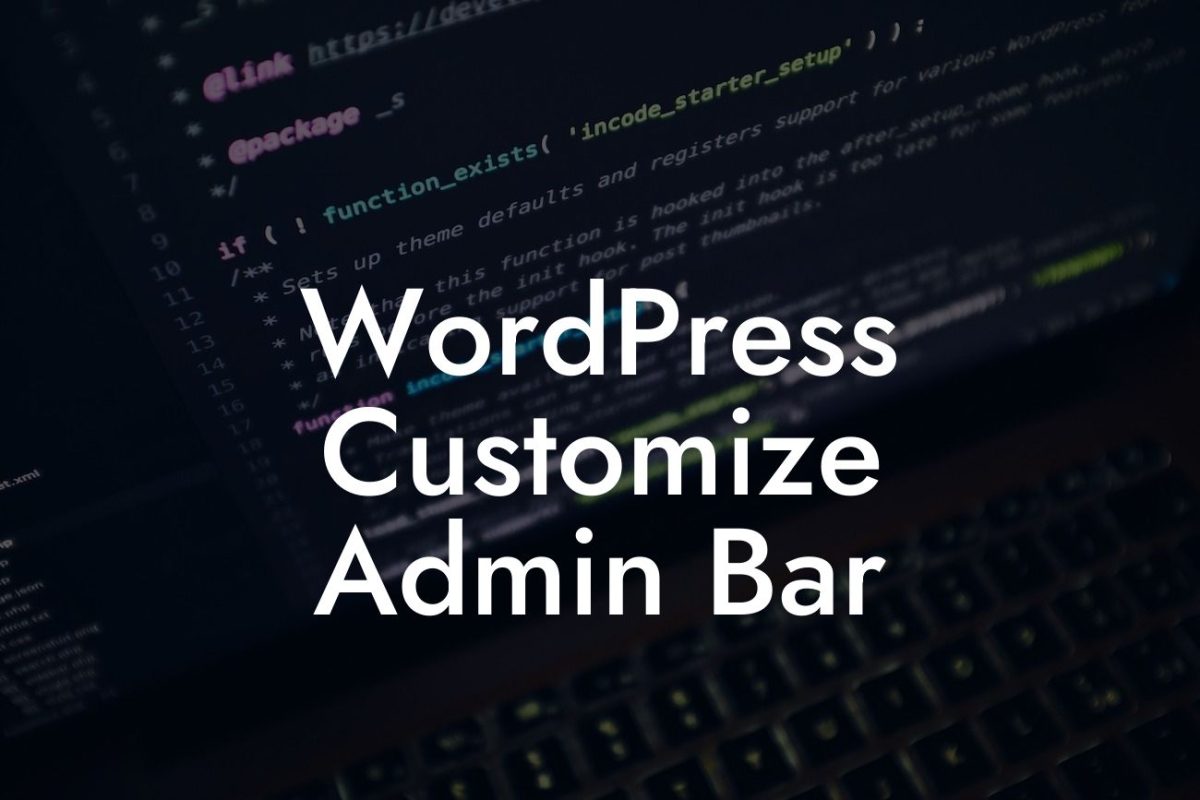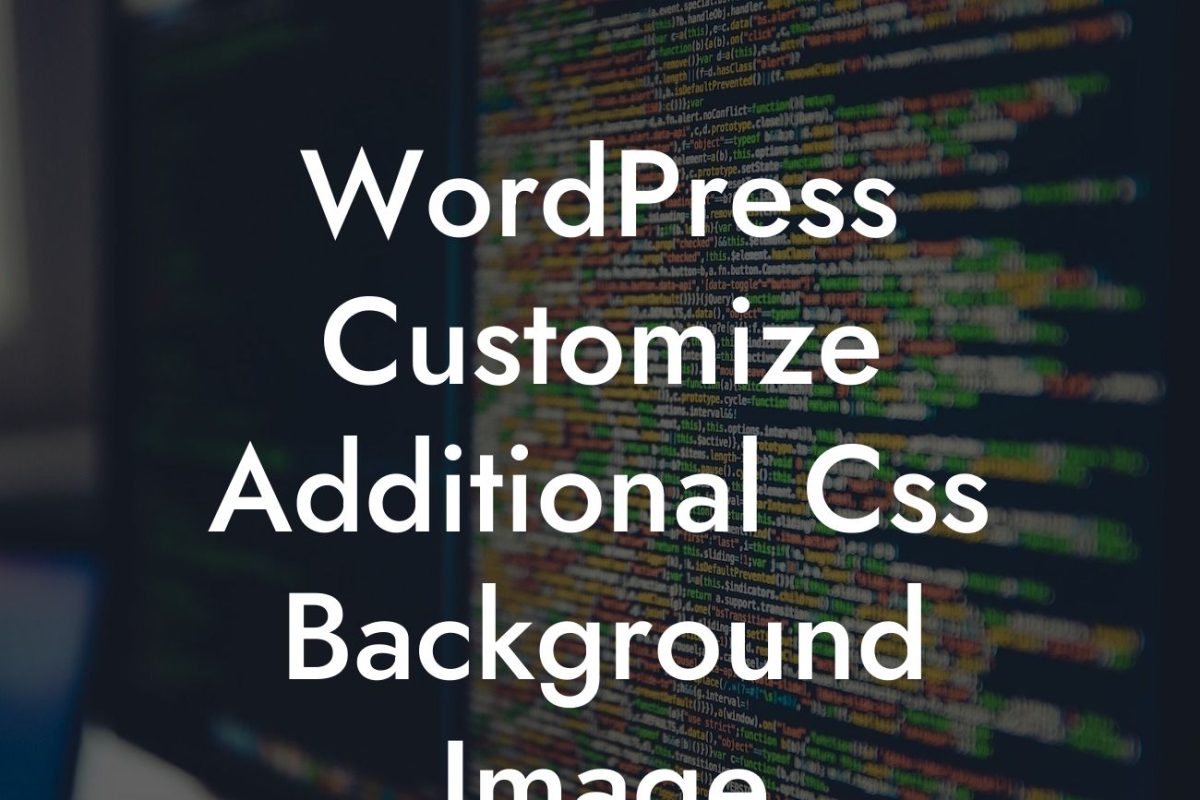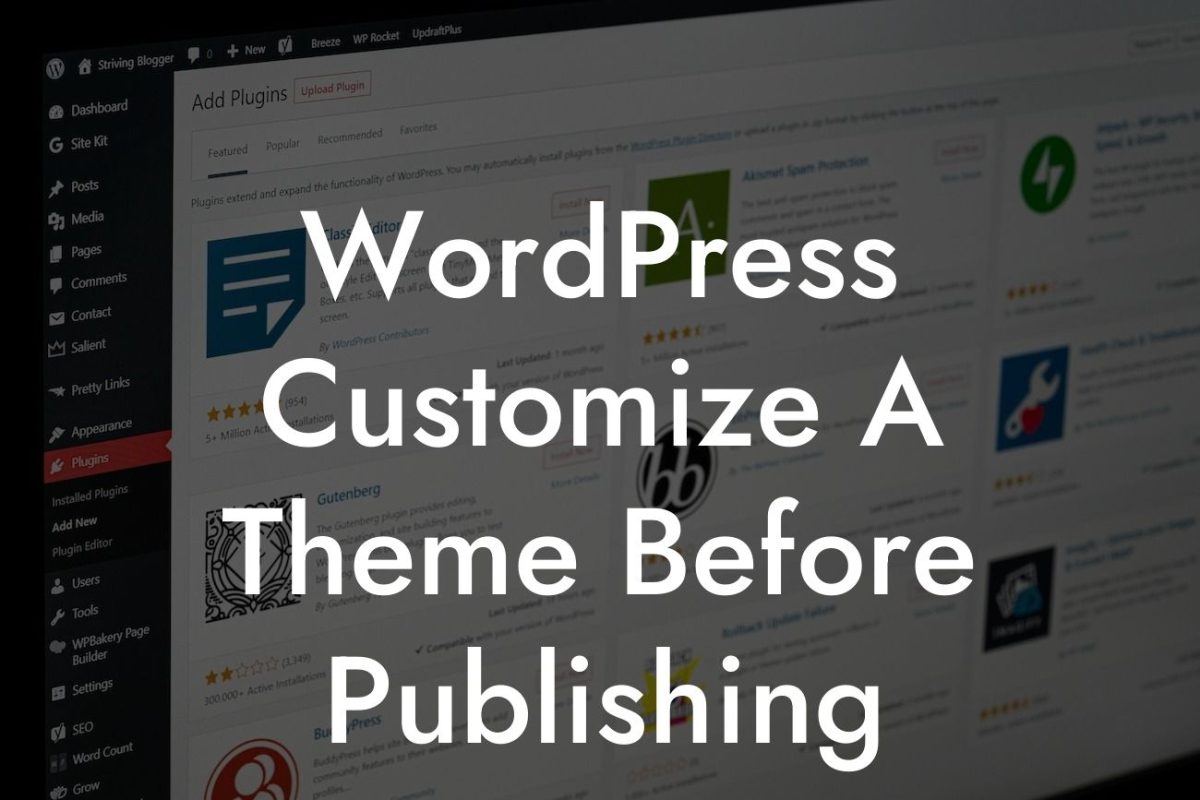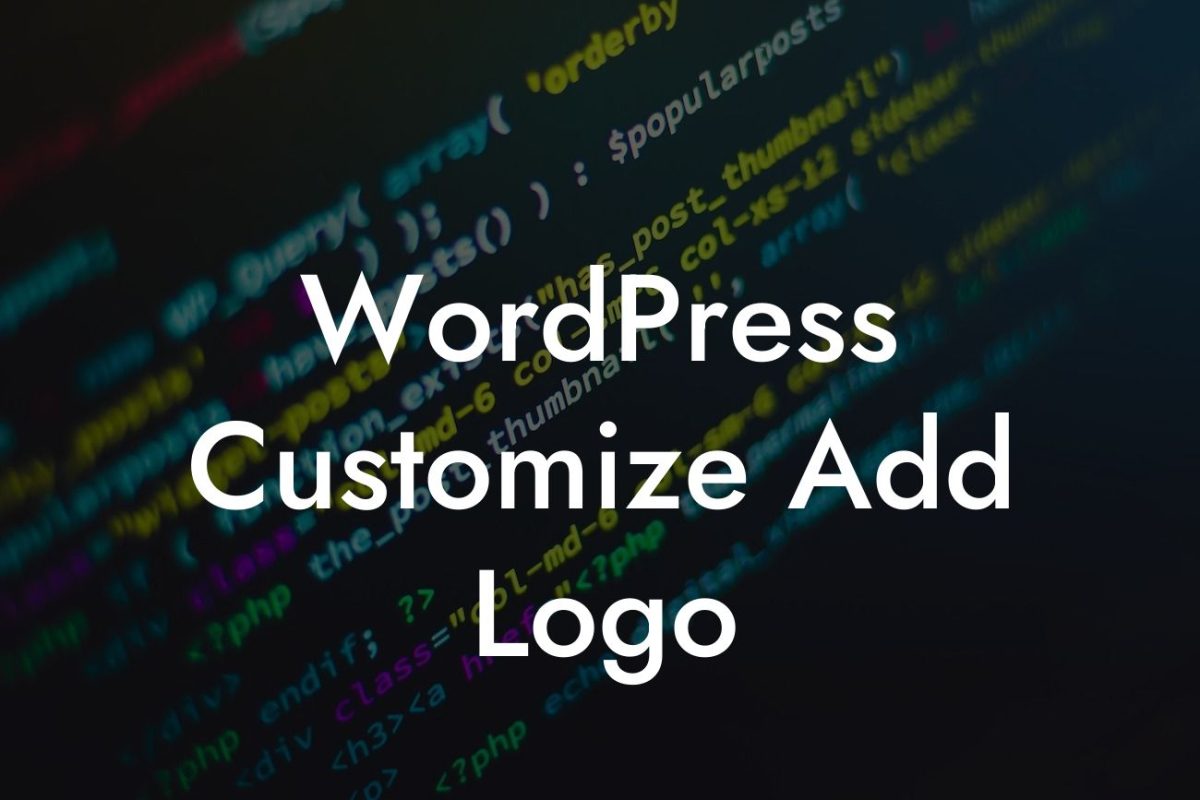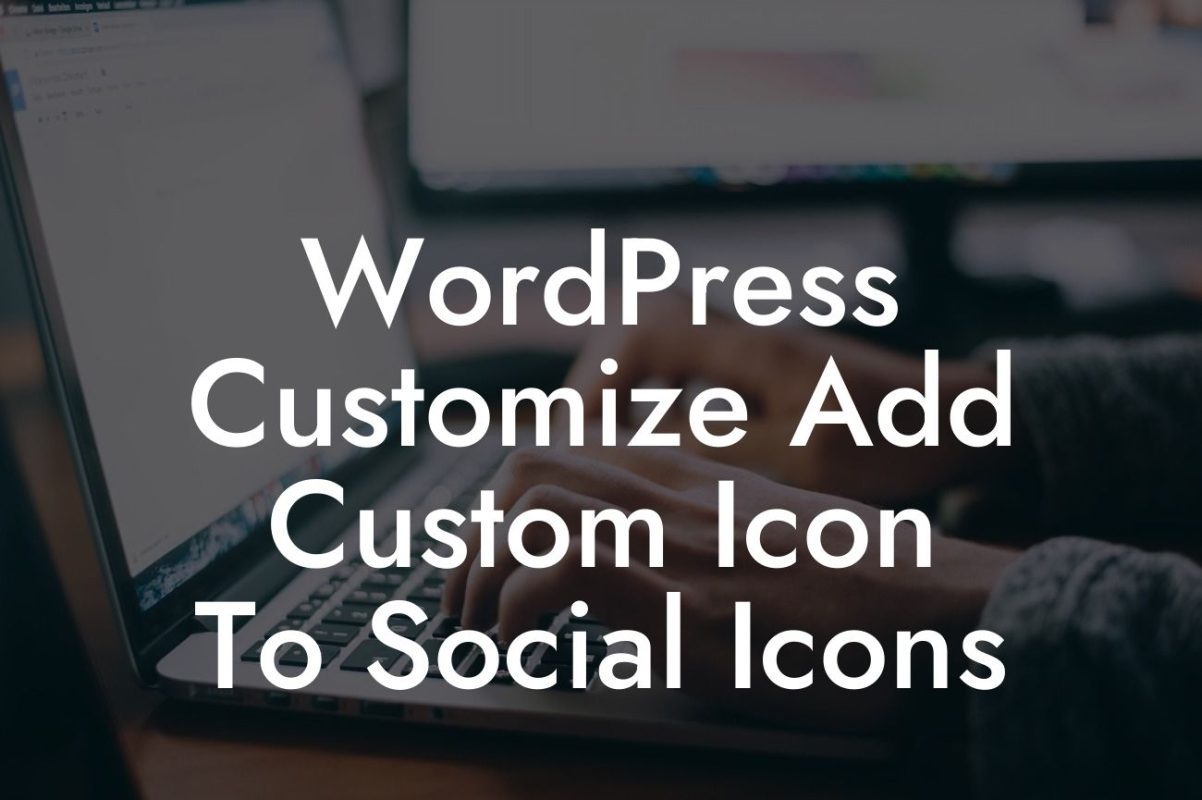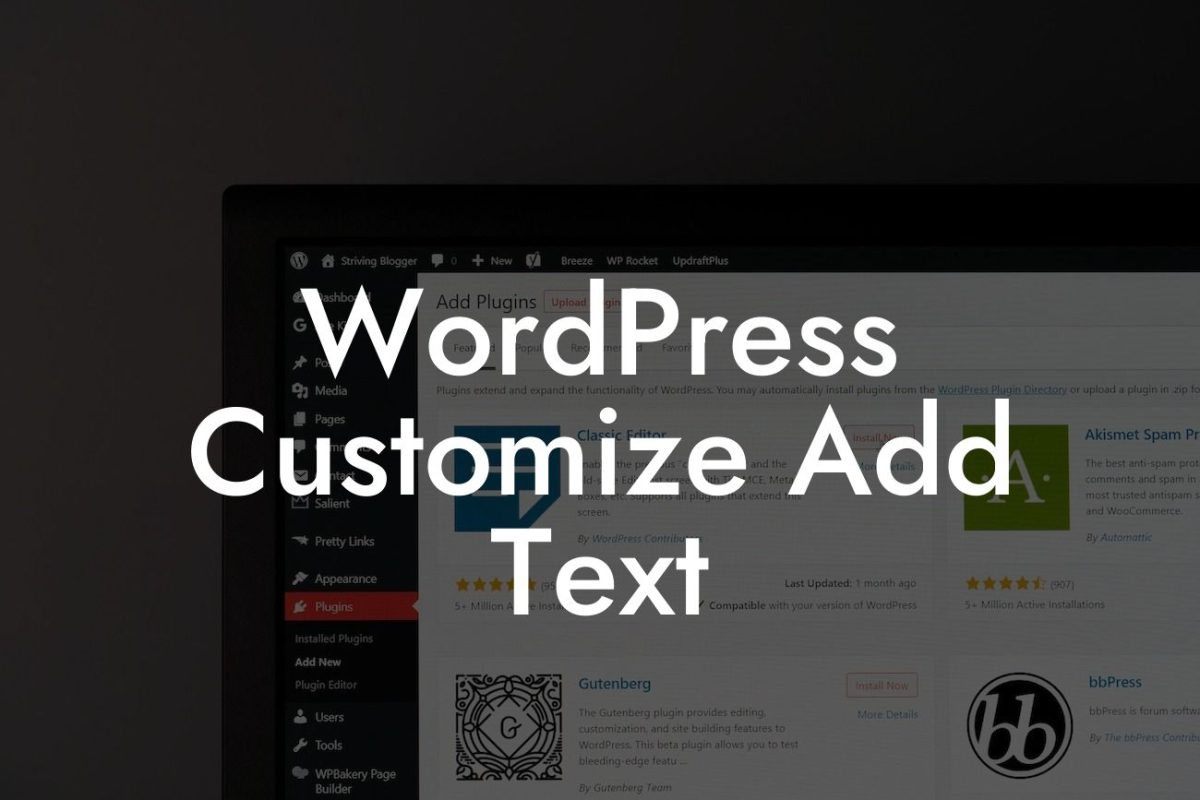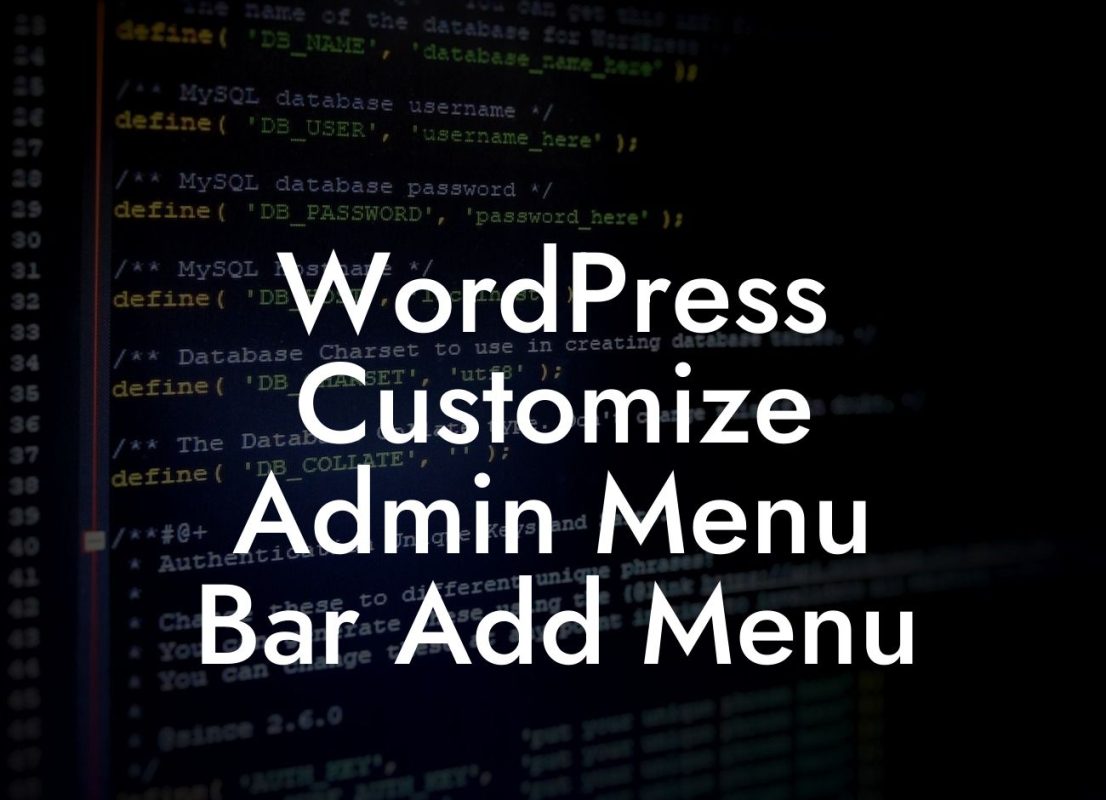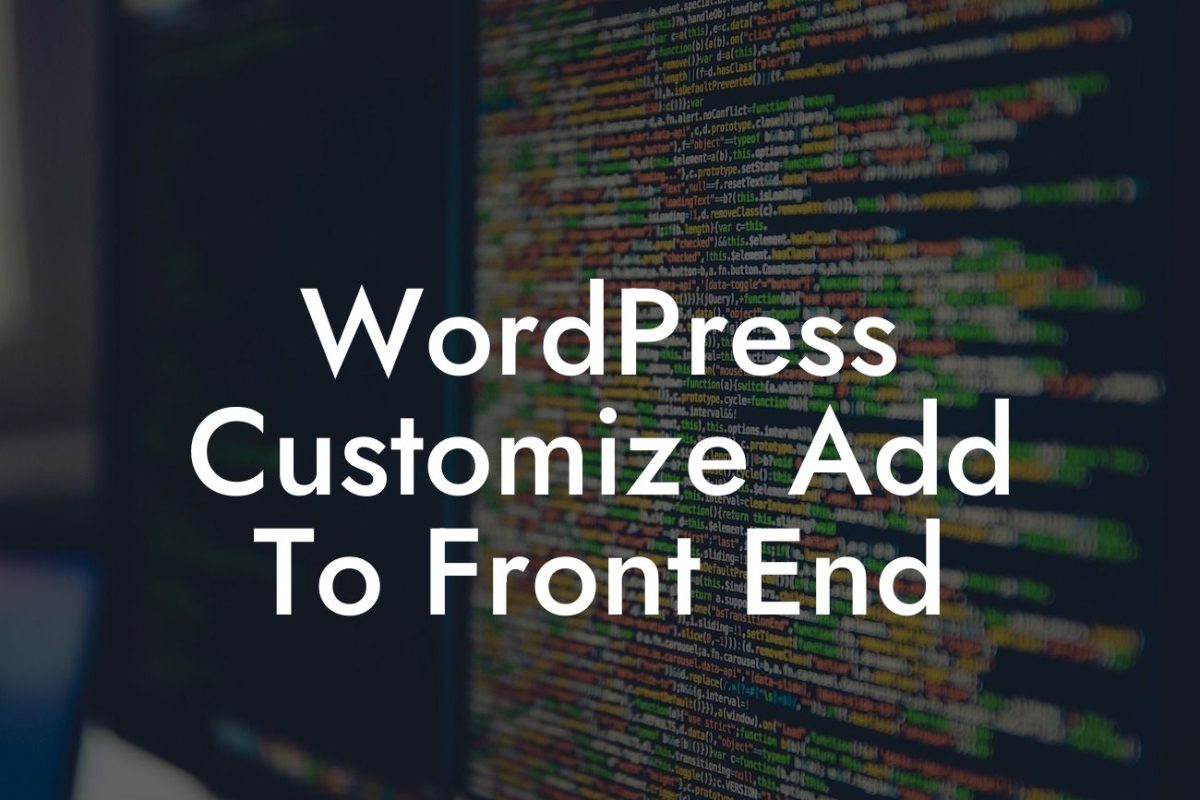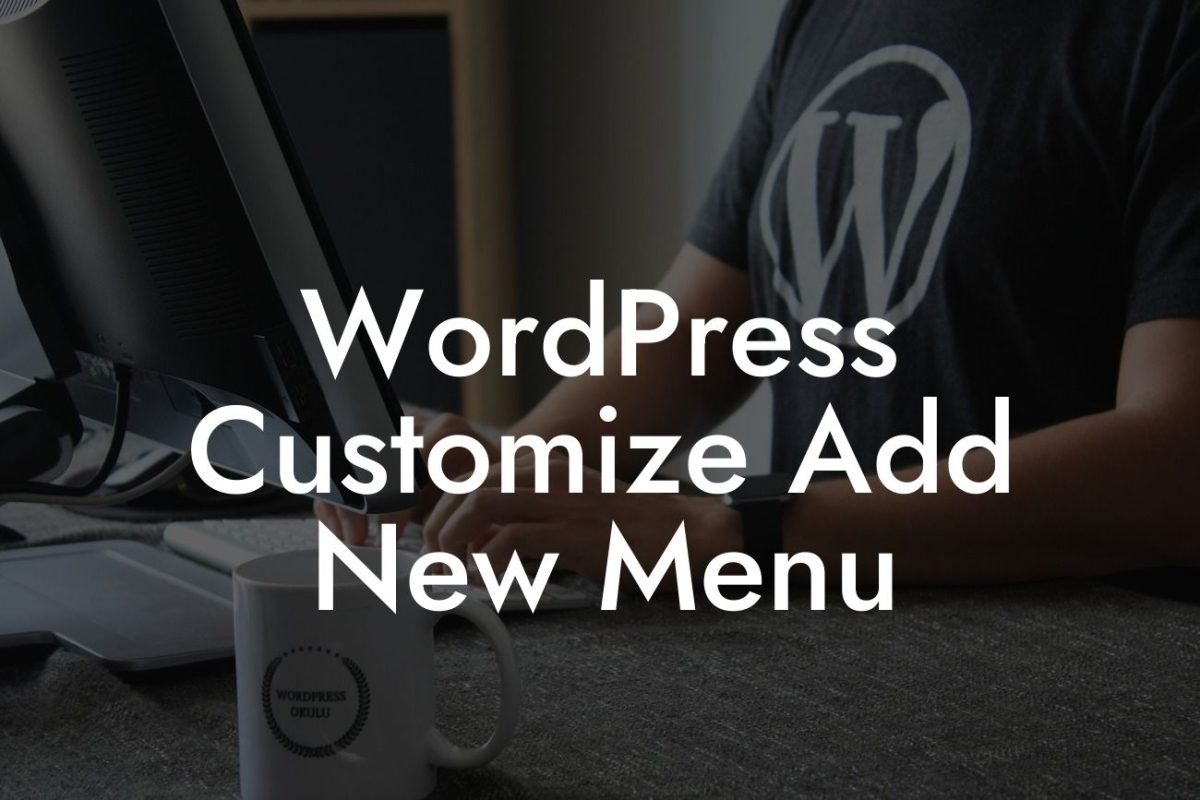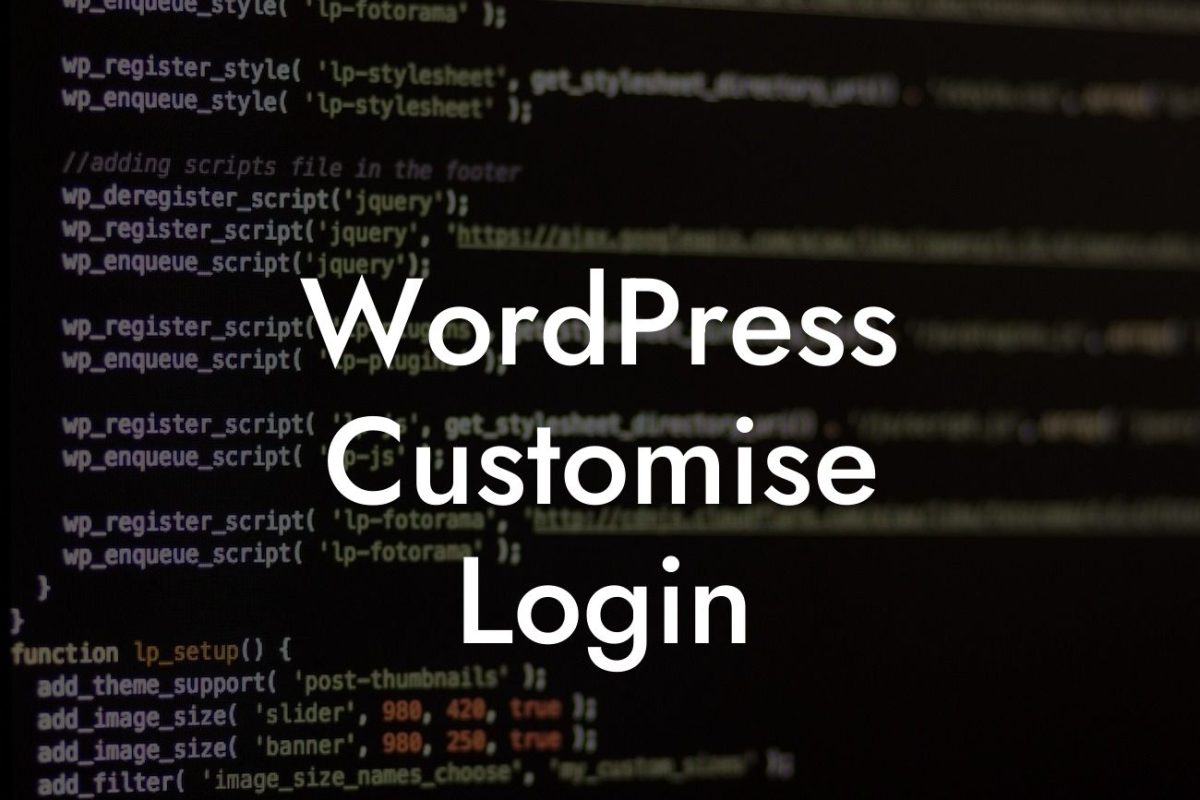Did you know that having a one-page website can be a game-changer for your business? A single-page website offers a streamlined user experience, easy navigation, and is ideal for businesses looking to showcase their brand, products or services in a concise and visually appealing way. In this guide, we will walk you through the step-by-step process of creating a stunning one-page website in WordPress. Get ready to elevate your online presence and supercharge your success with DamnWoo!
Creating a one-page website in WordPress is easier than you think. Follow these steps to get started:
1. Choose a suitable WordPress theme:
- Look for a theme specifically designed for one-page websites.
- Ensure it is responsive and optimized for mobile devices.
Looking For a Custom QuickBook Integration?
- Consider customizable options like colors, fonts, and layout.
2. Set up your WordPress installation:
- Install WordPress on your hosting platform.
- Configure general settings and permalink structure.
- Install essential plugins for security and performance.
3. Configure your theme settings:
- Customize the appearance and branding of your website.
- Set up sections for different content, such as About, Services, Portfolio, and Contact.
- Use high-quality images and engaging copy to make your content stand out.
4. Create sections for your website:
- Use WordPress' built-in page builder or page templates to create sections.
- Add compelling headlines, subheadings, and bullet points to highlight key information.
- Incorporate multimedia elements like images, videos, or slideshows to enhance visual appeal.
5. Optimize your website for SEO:
- Conduct keyword research and include relevant keywords in your content.
- Optimize meta titles, descriptions, and URLs for each section.
- Use headings (H2, H3) to structure your content and improve readability.
How To Make One Page Website In Wordpress Example:
Let's imagine you're a freelance photographer showcasing your portfolio on a one-page website. Your website could have sections like "About Me," "Services," "Portfolio," and "Contact." In the About Me section, you could showcase your skills, experience, and passion for photography. In the Services section, highlight the different photography packages you offer, along with pricing and additional details. The Portfolio section is where you can display your best work, allowing potential clients to see your talent. Finally, the Contact section should include a simple contact form or contact details for clients to reach out to you easily.
Congratulations! By following this guide, you have successfully created a stunning one-page website in WordPress. Now it's time to promote your website, share it with others, and watch your business grow. Remember, DamnWoo is here to support your online journey. Explore our other guides to further enhance your website, and don't forget to try our awesome WordPress plugins designed exclusively for small businesses and entrepreneurs. Elevate your success and break free from cookie-cutter solutions with DamnWoo today!

